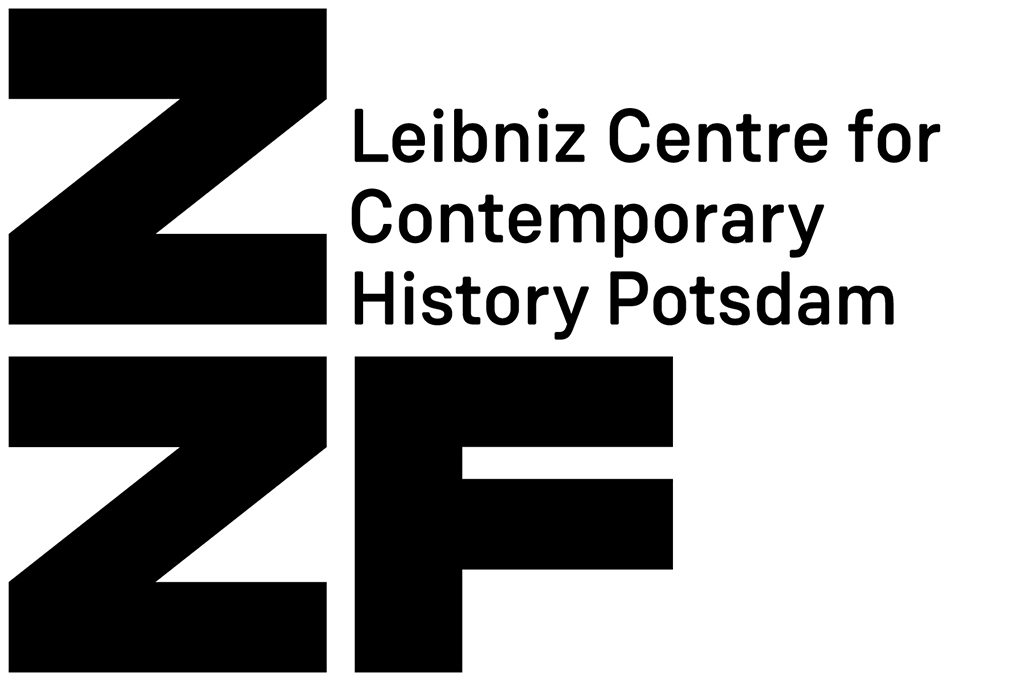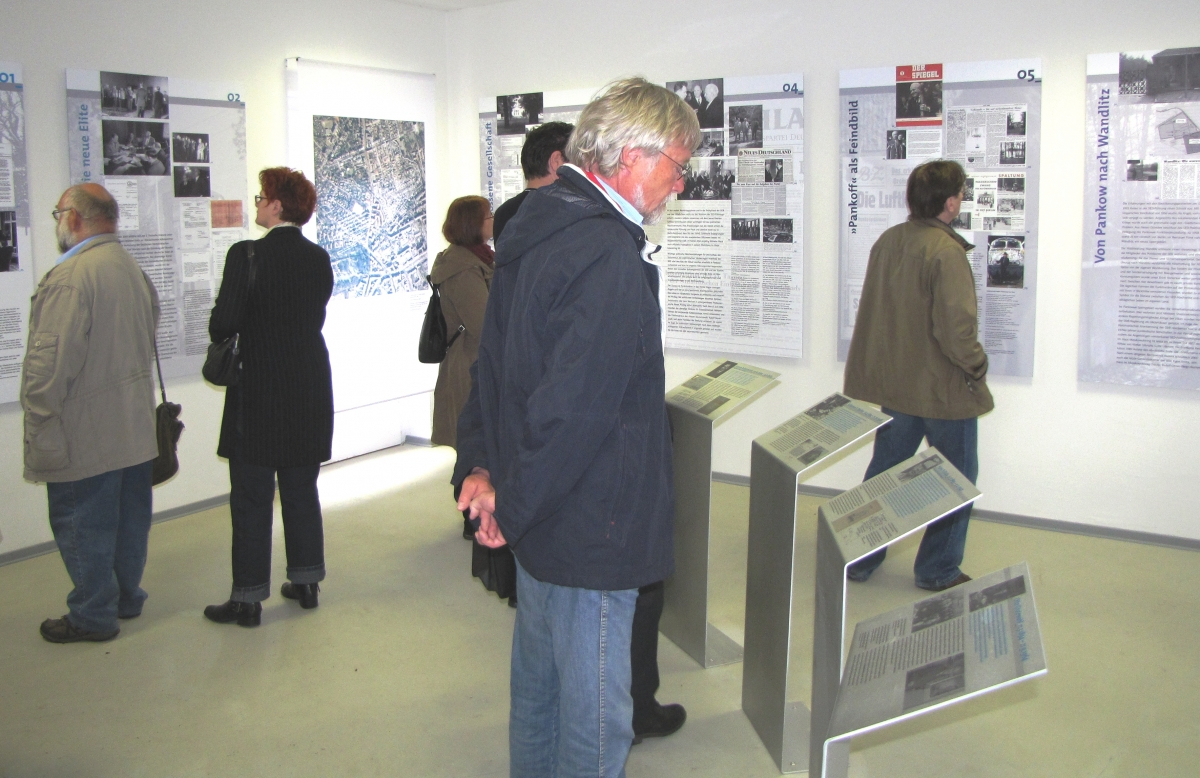Completed exhibition project of the Centre for Contemporary History, Potsdam, and the Office for Culture and Education/Museum Network Pankow
Exhibition venue:
Torhäuser der Schlossanlage Schönhausen
Ossietzkystr. 44-45, 13187 Berlin
Concept and realisation:
Jürgen Danyel, Bernt Roder, Hans-Michael Schulze, Irmgard Zündorf und Anja Tack
Design:
Kerstin John, Anna-Maria Roch
Website and information terminal:
Jürgen Danyel, Lieven Hoppe
The permanent exhibition, a joint project of the Centre for Contemporary History and the Office for Culture and Education/Museum Network Pankow, was opened on 11 June 2009. The project was funded by the Federal Foundation for the Study of Communist Dictatorship in East Germany and supported by the association ‘Für Pankow’ and the Federal Academy for Security Policy.
The permanent exhibition
... documents the history of the former residential area of the power elite of the Socialist Unity Party of Germany (SED) in Berlin district of Niederschönhausen and of the Schönhausen Palace as places of political representation of the GDR. The so-called ‘Städtchen’ (townlet, small city) and the former Hohenzollern Palace played a central role in the formation of the SED’s system of government after 1945. With them, Pankow become a place of power. It was here where top-ranking officials in a closely-knit circle prepared important political decisions and entered into agreements with the Soviet occupying power.
The area, secluded from the Berlin population, had become – similar to the Waldsiedlung Wandlitz later – a symbol for disturbed relationship of GDR officials with their own people. The exhibition in the Berlin district of Pankow addresses the political self-understanding of the GDR leaders, looks at their presentation in public and provides an insight into the everyday life of the top-ranking officials. It also shows that the terms ‘Pankow’ (pejoratively pronounced ‘Pankoff’) or ‘Rulers of Pankow’ became ciphers for the FRG’s perception of SED rule during the Cold War. The exhibition also documents the other Pankow, where during the 1980s civil protest against the arms race and the one-sided official peace propaganda arose and which in 1989/90 became the site of consultation at the Central Round Table and the negotiations for the Two Plus Four Agreement on the grounds of Schönhausen Palace.

